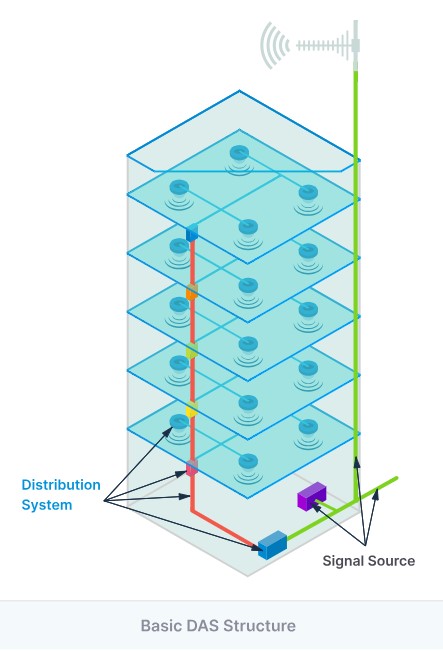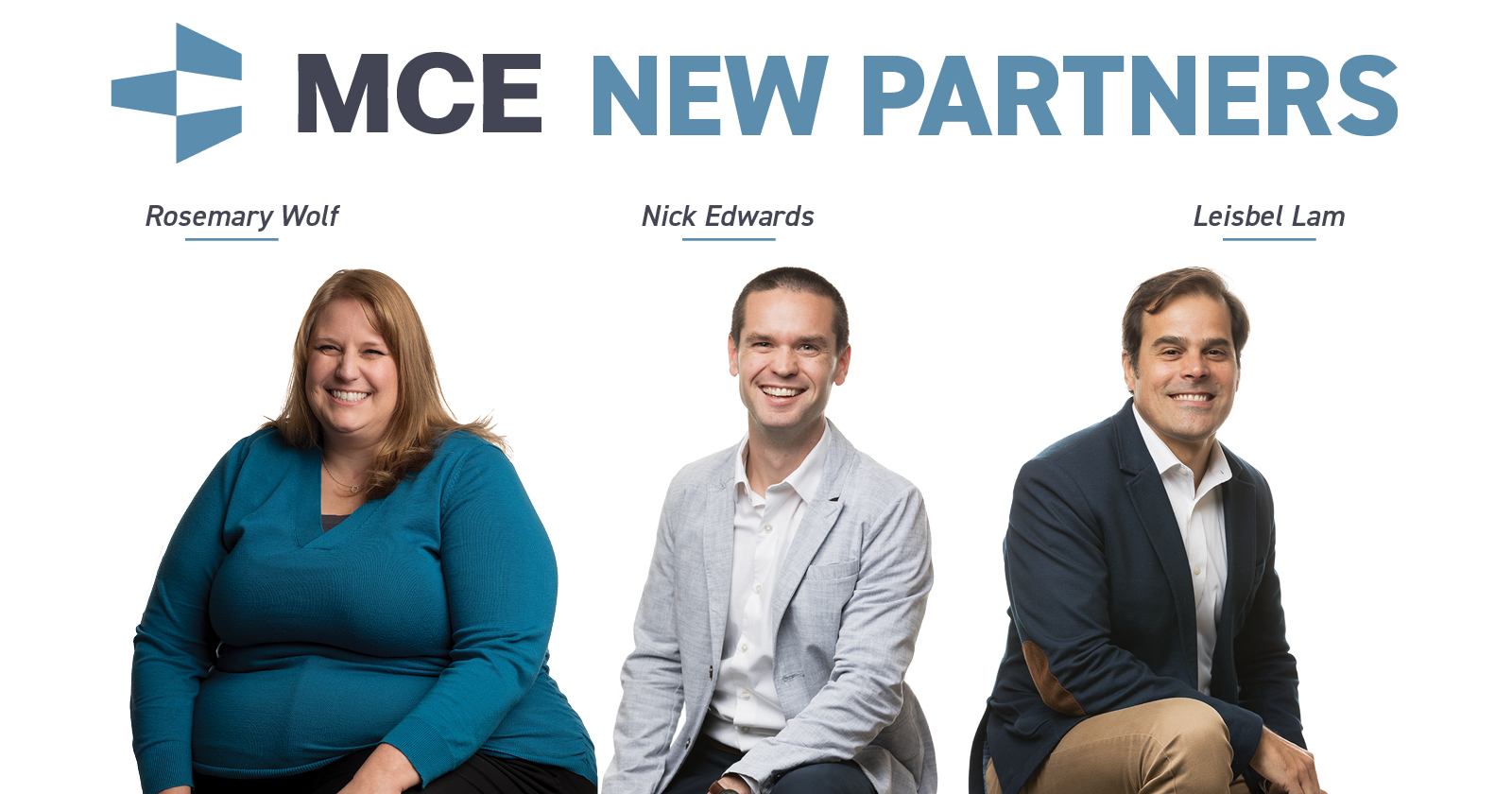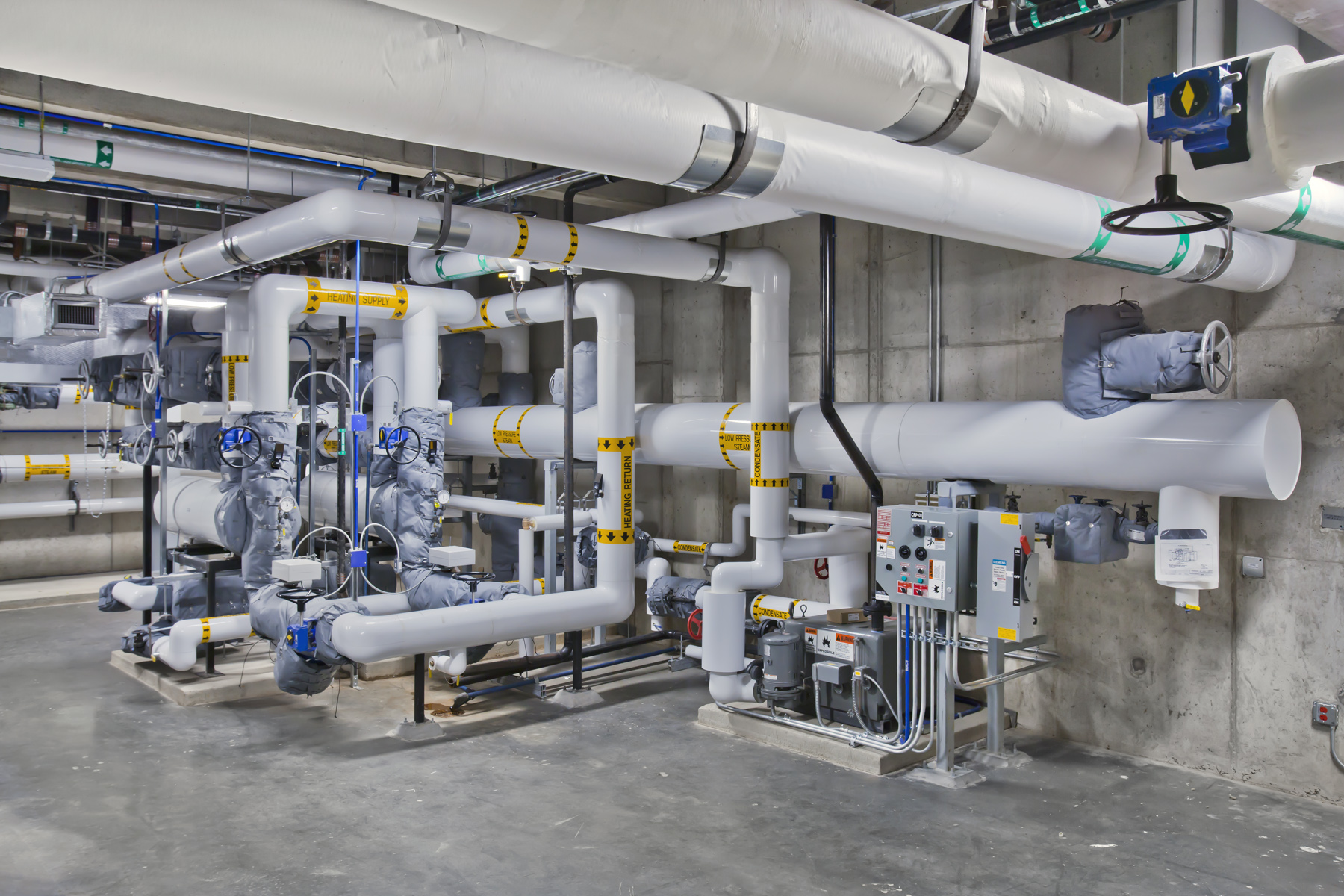Distributed Antenna Systems (DAS) are paramount to ensuring seamless connectivity in today’s technology-driven world. With a military background in avionics and aviation electronics, our Subject Matter Expert, Robb Nordstrom, RCDD, helps explain the technical intricacies of DAS.
What is a Distributed Antenna System (DAS)?
DAS is a versatile solution encompassing cellular, radio, and Wi-Fi communication systems. It ensures cellular, radio, and Wi-Fi signals are usable in all areas of a building in signal transmission caused by building materials like CMU cement or metal. Notably, DAS plays a pivotal role in energy-efficient structures, striking a delicate balance between efficiency and the imperative need for seamless communication. Its significance extends to creating 5G signals within structures that might lack this capability otherwise, marking a substantial boon for clients seeking enhanced connectivity.
What types of buildings benefit from Distributed Antenna Systems?
Buildings with underground levels pose challenges to signal transmission, impacting operations reliant on receiving wireless signals. However, emergency responder hubs and structures serving as a hub for first responders find immense value in implementing DAS. The necessity for highly effective and performant wireless connections in such critical spaces makes DAS integration crucial. Furthermore, the decision to incorporate DAS is informed by comprehensive studies, ensuring that even non-emergency responder structures reap the benefits of this technology. The ability of DAS to generate 5G signals within these structures stands as a transformative advantage, significantly enhancing communication capabilities for clients, including all building occupants, across various building types.

What are the challenges in designing spaces with Distributed Antenna Systems, and how do we solve them?
Designing spaces incorporating DAS presents unique challenges, particularly as DAS devices are typically ceiling-mounted. Collaborating with architects is key, as their insights guide placement within the ceiling structure. Challenges arise with dense metal panels and the need to avoid obstructing other devices, especially where camera views are critical. Coordination with various disciplines, including HVAC and plumbing, is crucial. This comprehensive approach ensures seamless integration without compromising the functionality of other devices or hindering overall infrastructure. The emphasis on generating 5G signals within these spaces becomes paramount, showcasing the transformative impact of DAS on communication efficiencies.
What developments do you foresee in the future for Distributed Antenna Systems?
Advancements in technology continue to shape DAS, with a notable focus on 5G integration. As carriers progress towards 5G platforms, refreshing systems becomes essential to ensure universal access. The trend towards higher speeds and increased antenna density is a notable trajectory. Private LTE gains attention for reliability, and the shift away from data cables is evident. The integration of automation into various systems further underscores the dynamic interplay of technology. Notably, DAS is poised to play a crucial role in the future of connectivity, providing clients with enhanced communication capabilities and 5G signals in spaces that may have otherwise lacked such capabilities.




